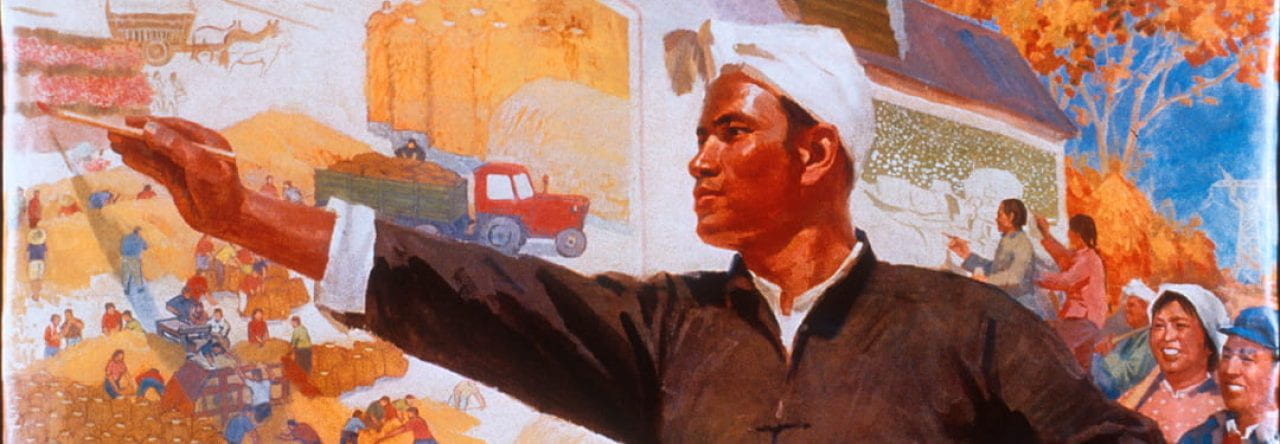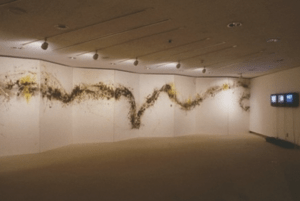Cai Guo-Qiang is most famous for his pyrotechnical artistic methods and installations which explore the visual language of explosions and the aesthetics of pain. Cai Guo-Qiang is known for creating explosive performance art that has a deeper political meaning that usually revolves around China. As Cai Guo-Qiang become more world-renowned he began to expand his artwork internationally. A particular artwork that showcases Cai Guo-Qiang’s artistic expansion was showcased in 2005 at the entrance to the Zacheta National Gallery of Art. Cai Guo-Qiang’s intention for this particular work of art is to blend the past and present through location and content. The Zacheta National Gallery is a location with great significance as it was the location where Gabriel Narutowicz, the first president of Poland in 1922, was assassinated (Munroe, 2008). This location was also quite important in the 1980s because it was the communal area where people protested against the communist regime in Poland. The use of this historical location allowed Cai Guo-Qiang to utilize the well-known red flag which is about 21ft x 31ft within the façade of the building. Cai Guo-Qiang uses his artistic niche of pyrotechnics to burn down the infamously known red flag which generally symbolizes socialism, communism, and Marxism. Initiating an explosive performance in a location with communist history demonstrates Cai Guo-Qiang’s vision of visually burning away the dark and painful past of communism and signifying the purification and rebirth of Poland. Cai Guo-Qiang has created many artworks that directly speak against China’s communist ideals and continues to demonstrate his stance on communism by creating works internationally. This piece demonstrates his artistic expansion. Cai Guo-Qiang extends his work by going beyond China and connecting his art to any person or nation that has suffered through times of communism.
For my exhibition for this course, I would like to utilize the outdoors of the Union College campus. I would like to incorporate some sort of firework display symbolizing an important message that identifies with the student population. I would like to somehow utilize the Nott Memorial as the centerpiece as fireworks ignite within a reasonable distance. Cai Guo-Qiang has many performance artworks that start with a particular visual of something important that ultimately ends up exploding. I would like to use some sort of visual represnetation that ulitamtely ends up exploding near the Nott.
Image of Art:

Bibliography:
Munroe, Alexandra, and Thomas Krens.Cai Guo-Qiang I Want to Believe. Guggenheim Museum Publications, 2008.
Rojas, Carlos. “Cai Guo-Qiang.” Diacritics 47.4 (2019): 130-5. ProQuest. Web. 8 May 2022.



